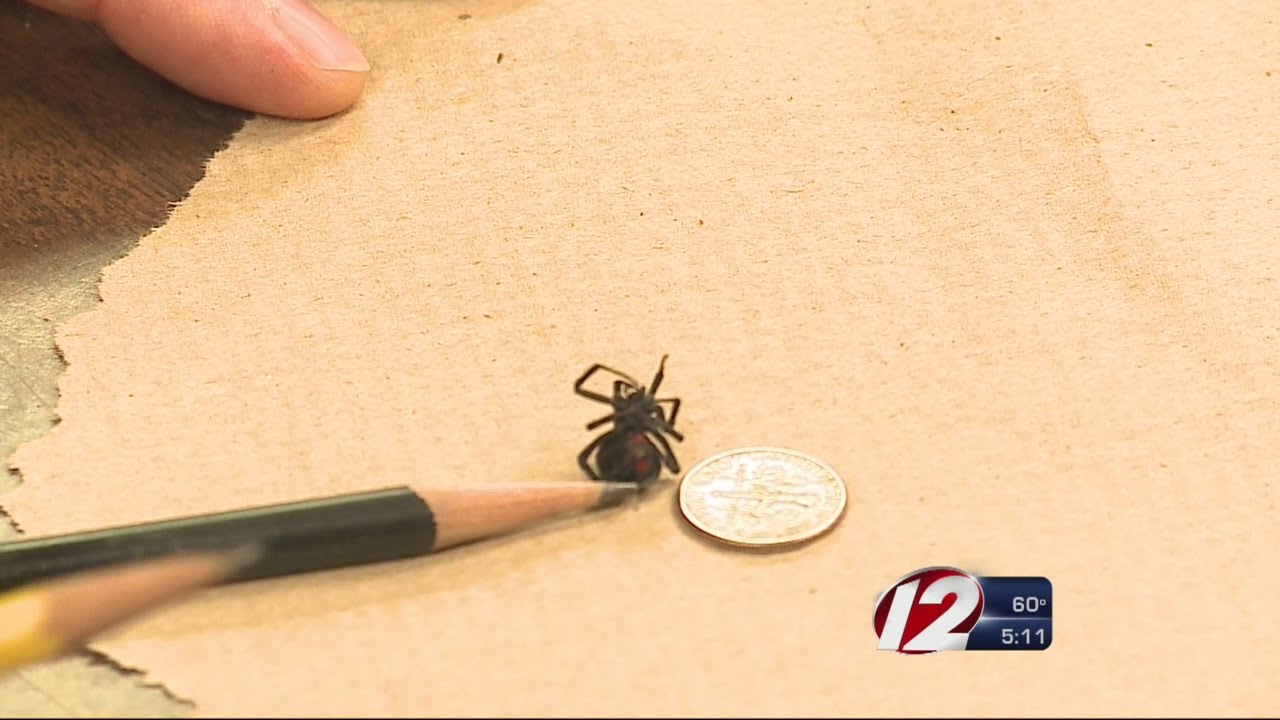Introduction: Black Widows in Rhode Island
Black widow spiders (Latrodectus spp.) are notorious for their venomous bites and distinct appearance. While they are commonly associated with warmer regions, some people wonder if black widows exist in Rhode Island, a small state in the New England region of the United States. In this article, we will explore the presence of black widow spiders in Rhode Island, their identification, habitat, behavior, venom, symptoms of spider bites, medical treatment, prevention methods, native species, and potential misidentifications.
Identification: Recognizing Black Widow Spiders
Identifying black widow spiders is crucial for understanding their presence in Rhode Island. Females are typically larger than males, measuring around 13 millimeters in body length with a shiny black color. They have a distinctive red hourglass-shaped marking on their abdomen, which is a key characteristic for identification. However, it is important to note that this marking may be missing or appear faint in some individuals. Male black widows are smaller and usually have a lighter coloration.
Historical Records: Presence of Black Widows in RI
Historical records indicate that black widows have been found in Rhode Island. While not as common as in the southern states, there have been documented sightings and reports of black widows in the state. These records suggest that black widows can indeed exist in Rhode Island, although their population may be relatively low compared to other regions.
Habitat: Where Can Black Widows Be Found?
Black widows prefer dry, sheltered habitats such as woodpiles, sheds, garages, and under rocks or debris. They are commonly found in undisturbed areas with a minimal human presence. Black widows are adaptable and can survive in various environments, including urban settings. In Rhode Island, they are more likely to be encountered in the southern coastal areas, where the climate is warmer.
Behavior: Understanding Black Widows’ Habits
Black widows are solitary spiders that are most active during the night. They spin irregular, tangled webs close to the ground to catch their prey, which primarily consists of insects. Unlike other spider species, black widows do not rely on their webs to find mates. Males actively search for females and often become prey after mating. Black widows are generally shy and non-aggressive, only biting when they feel threatened or provoked.
Venom: The Potency of Black Widow Spider Bites
Black widow spiders possess potent venom that affects the nervous system of their prey. Their venom contains a neurotoxin called latrotoxin, which causes symptoms such as muscle pain, cramping, sweating, and in severe cases, systemic effects. However, it is important to note that not all bites result in severe symptoms, as the amount of venom injected can vary.
Spider Bite Symptoms: Identifying Black Widow Envenomation
Symptoms of a black widow spider bite may include localized pain and swelling at the site, which can gradually spread to other areas of the body. The pain is often described as a pinprick or intense burning sensation. In some cases, muscle cramps, abdominal pain, and nausea may occur. Severe cases can lead to difficulty breathing, elevated blood pressure, and even seizures. If you suspect a black widow spider bite, it is important to seek medical attention promptly.
Medical Treatment: Dealing with Black Widow Spider Bites
When treating black widow spider bites, medical professionals focus on managing symptoms and providing supportive care. Pain relievers, muscle relaxants, and antivenom may be administered based on the severity of symptoms. It is crucial to seek medical attention, as complications can arise if left untreated.
Prevention: Minimizing Black Widow Encounters
To minimize encounters with black widow spiders, it is important to keep indoor and outdoor areas clean and clutter-free. Regularly inspecting and cleaning areas where black widows may hide, such as woodpiles or storage areas, can help prevent infestations. Wearing gloves and protective clothing when working in potentially infested areas is advisable. Additionally, sealing cracks and gaps in buildings can reduce the likelihood of black widows entering homes.
Native Species: Rhode Island’s Common Spiders
Rhode Island is home to a variety of spider species, including some that are commonly mistaken for black widows. Native species such as the false black widow (Steatoda grossa) and cellar spiders (Pholcidae family) may resemble black widows but lack the characteristic red hourglass marking. It is important to differentiate these species to avoid unnecessary concern.
Misidentifications: Similar Spiders in Rhode Island
In addition to the false black widow and cellar spiders, other spiders found in Rhode Island, such as jumping spiders and orb-weavers, may be mistaken for black widows due to their size or coloration. However, these species have distinct characteristics that set them apart from black widows. A careful examination of the spider’s physical features can help differentiate between species.
Conclusion: Determining Black Widow Presence in RI
While black widow spiders are not as prevalent in Rhode Island as in warmer regions, they have been documented in the state. It is important to be aware of their presence and understand their identification, habitat, behavior, venom, symptoms of spider bites, medical treatment, prevention methods, and potential misidentifications. By being informed and taking appropriate precautions, residents of Rhode Island can minimize the risk of encounters with black widows and other spider species.





